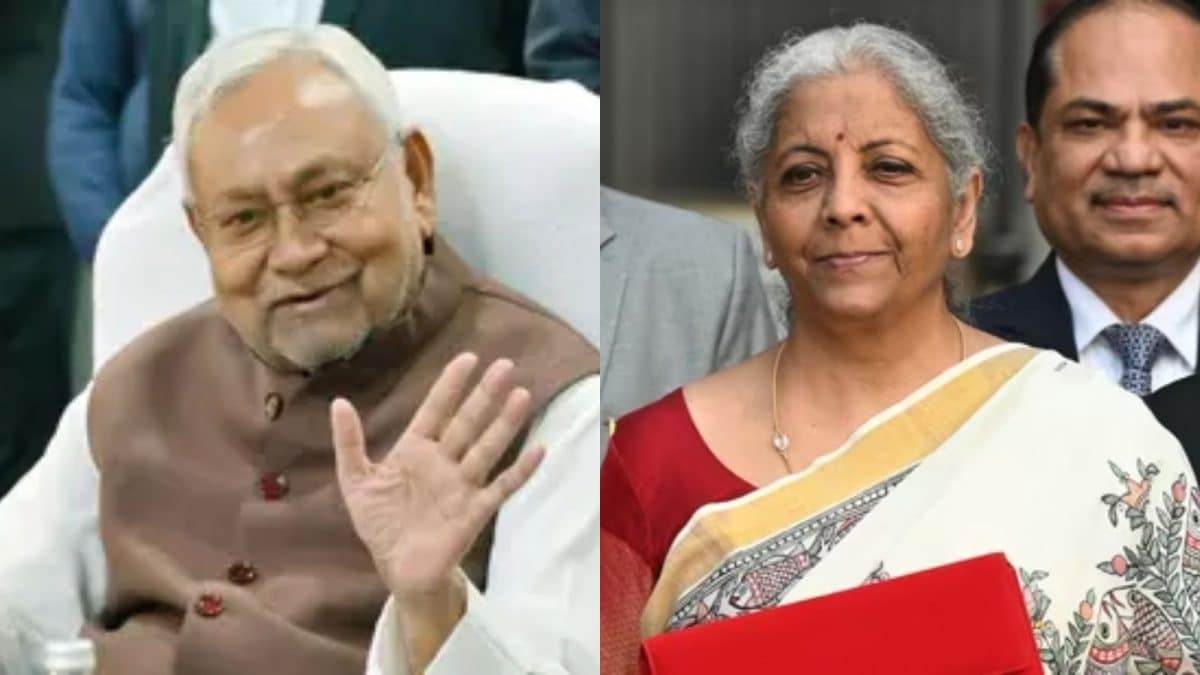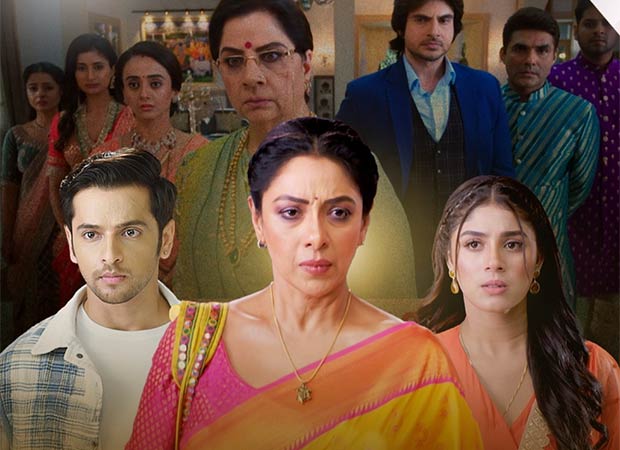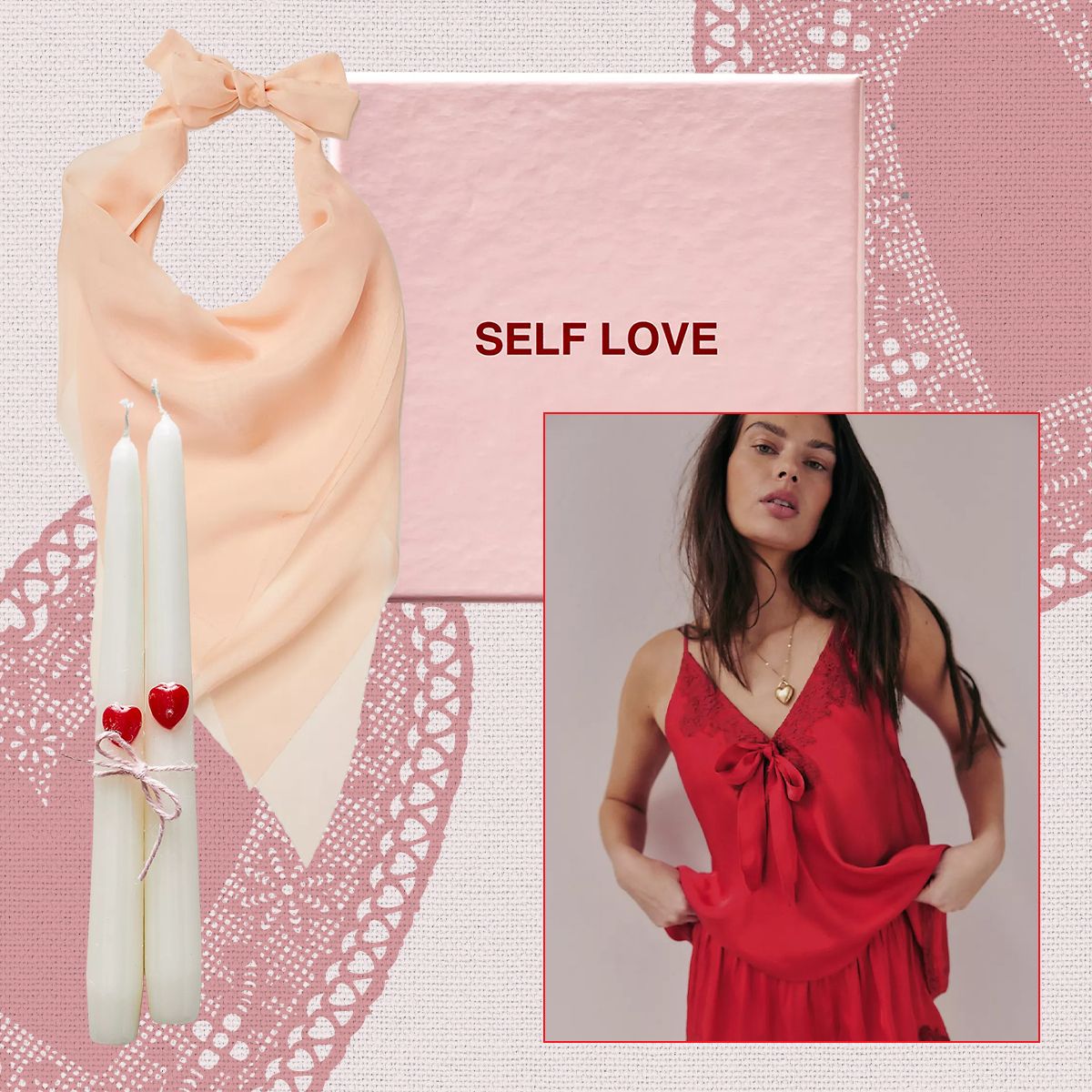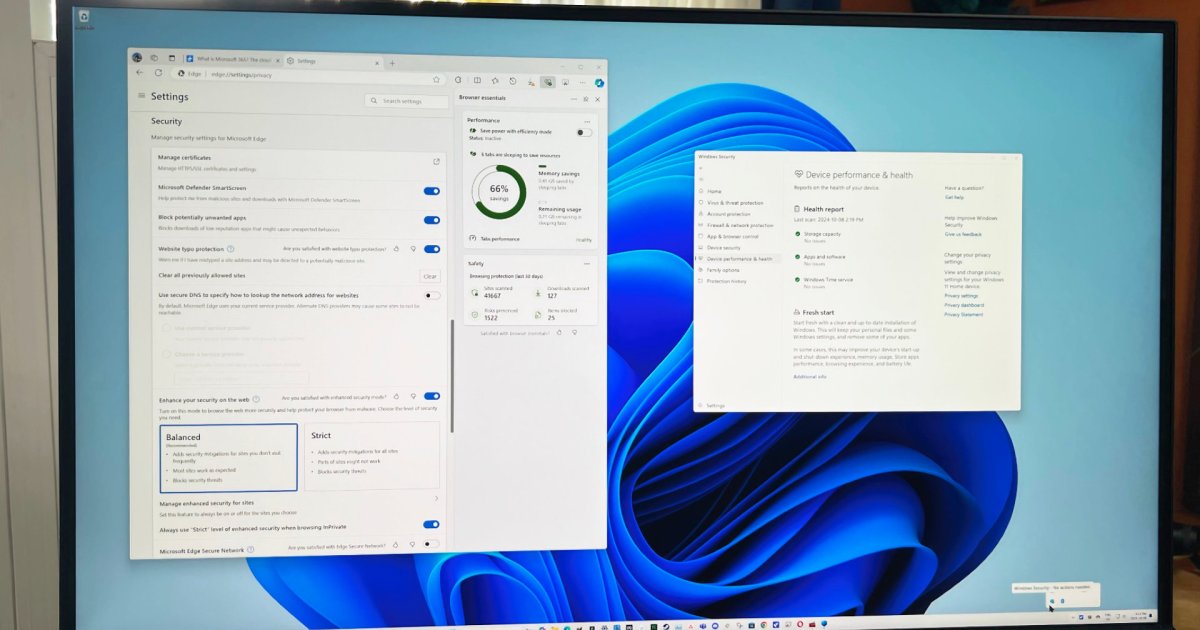“Blossoms”, at Tai Kwun’s Kwai Fung Hin Art Gallery, features 41 works produced by Jin over the past decade. As the name of the exhibition suggests, his art can be seen as an extension of the world he created with words.
Jin tells the Post he started drawing while working in a factory at the age of 12. His interest in the medium persisted into adulthood when he helped illustrate articles in the Shanghai Literature magazine, where he was executive editor for three decades.
The first edition of his novel Blossoms, published in 2012, featured around 20 of his illustrations.

Being a writer with no formal training in the visual arts, Jin says he uses a literary approach when it comes to creating his pieces.
Rather than striving for realism, he weaves together memories, observations of reality and visions of the future through a surrealistic lens.
There are many tones to Jin’s artworks. Some exude nostalgia for Shanghai, his home for many years and a place he saw change dramatically.

One of the more notable pieces featured in the exhibition is Jing’an Temple, a 2018 acrylic painting in which he uses vibrant colours to juxtapose the titular ancient Buddhist temple with the modern Shanghai cityscape that surrounds it.
Jin says he uses colour intuitively, and that he took inspiration from Eastern European silkscreen prints for this portrayal of the kaleidoscopic city.
Another highlight is The Journey, which Jin painted in 2020.

In it, a cello and a Chinese ceramic vase are made to resemble a male and female figure sitting next to each other on an airliner.
Through the inclusion of elegant silk slippers at their feet, Jin blends nostalgic and contemporary elements to suggest the romance of old Shanghai transcends time and geography.

In White Snow, Jin places them in his reimagining of the Garden of Love, a picturesque garden at the headquarters of the Shanghai Writers’ Association – a place to which Jin has a strong attachment. In the piece he aims to challenge perspectives of human-animal hierarchies.
Other works evoke existentialist themes. Scene, a black-and-white piece made in 2016, is loaded with ambiguity. The contrast and masked figures could be taken to foreshadow a dire future for humanity.

But Jin told Wong that he was unable to conjure up concrete images for them; he thinks more like a writer than a cinematographer, and his artistic imagination does not translate to film aesthetics.
Jin says his novel Blossoms evokes the intimate connection between Hong Kong and Shanghai, especially during the era of economic development following the 1978 “reform and opening up”, in which mainland China opened its doors to foreign businesses and investment.

He hopes audiences in Hong Kong will find his cross-genre creations relevant to their lives. “The cultural dialogue between these two cities is a never-ending topic,” he says.
“Blossoms – Solo Exhibition of Jin Yucheng”, Kwai Fung Hin Art Gallery, G04 to G05, G/F Headquarters Block, Tai Kwun, 10 Hollywood Road, Central, Hong Kong, Tuesday to Saturday 10am-7pm, closed on Sunday and Monday. Ends August 22.







